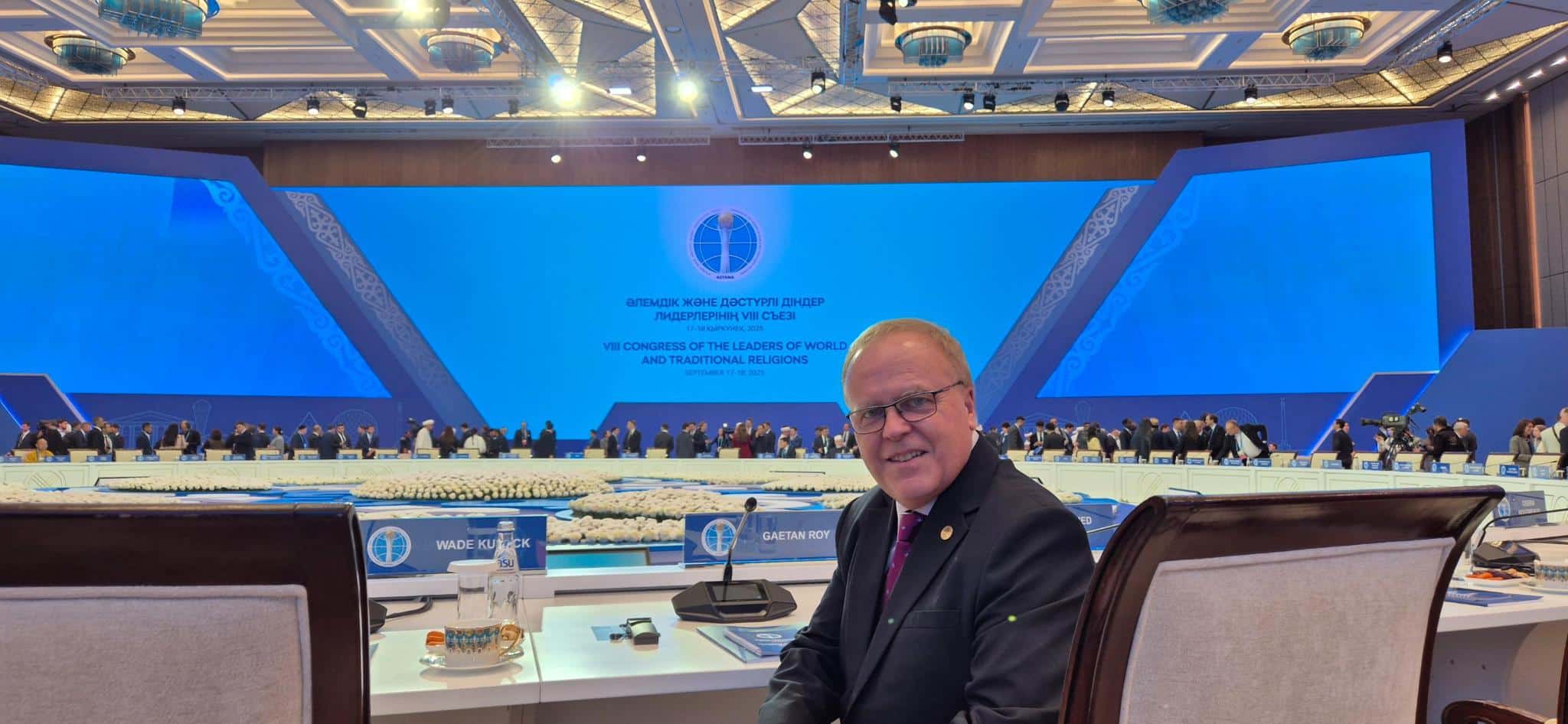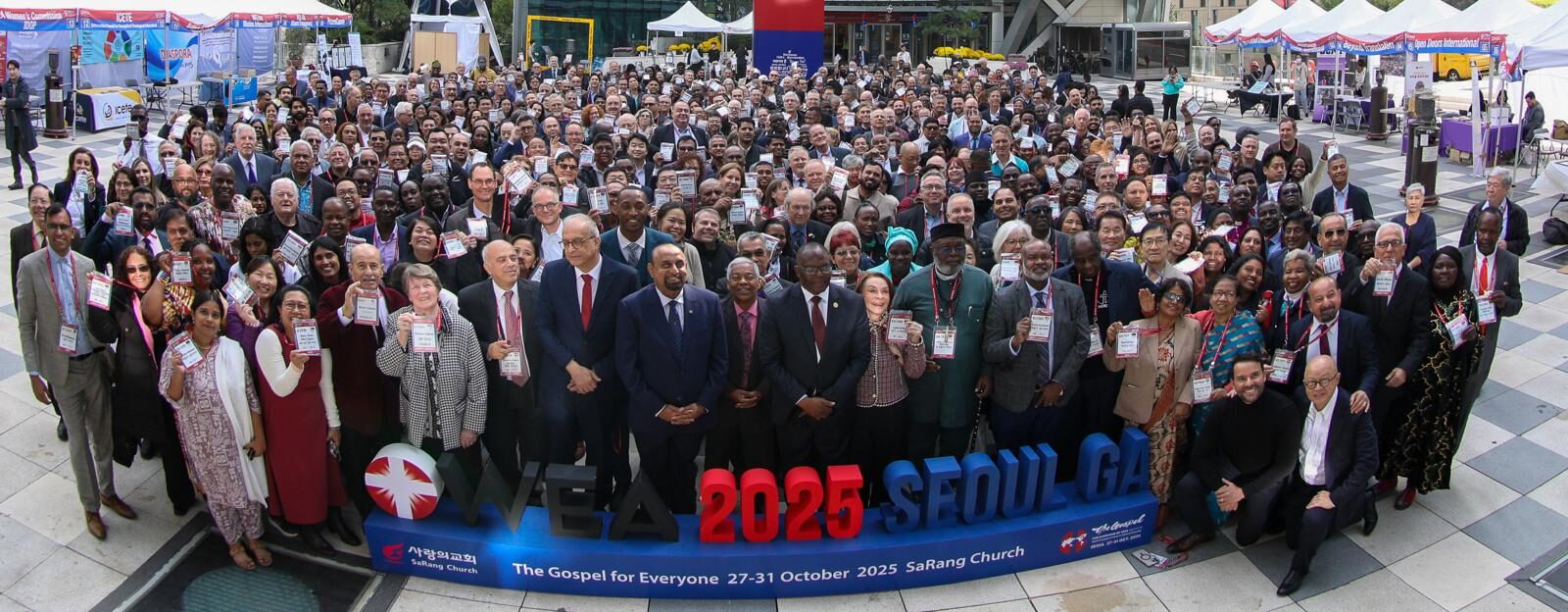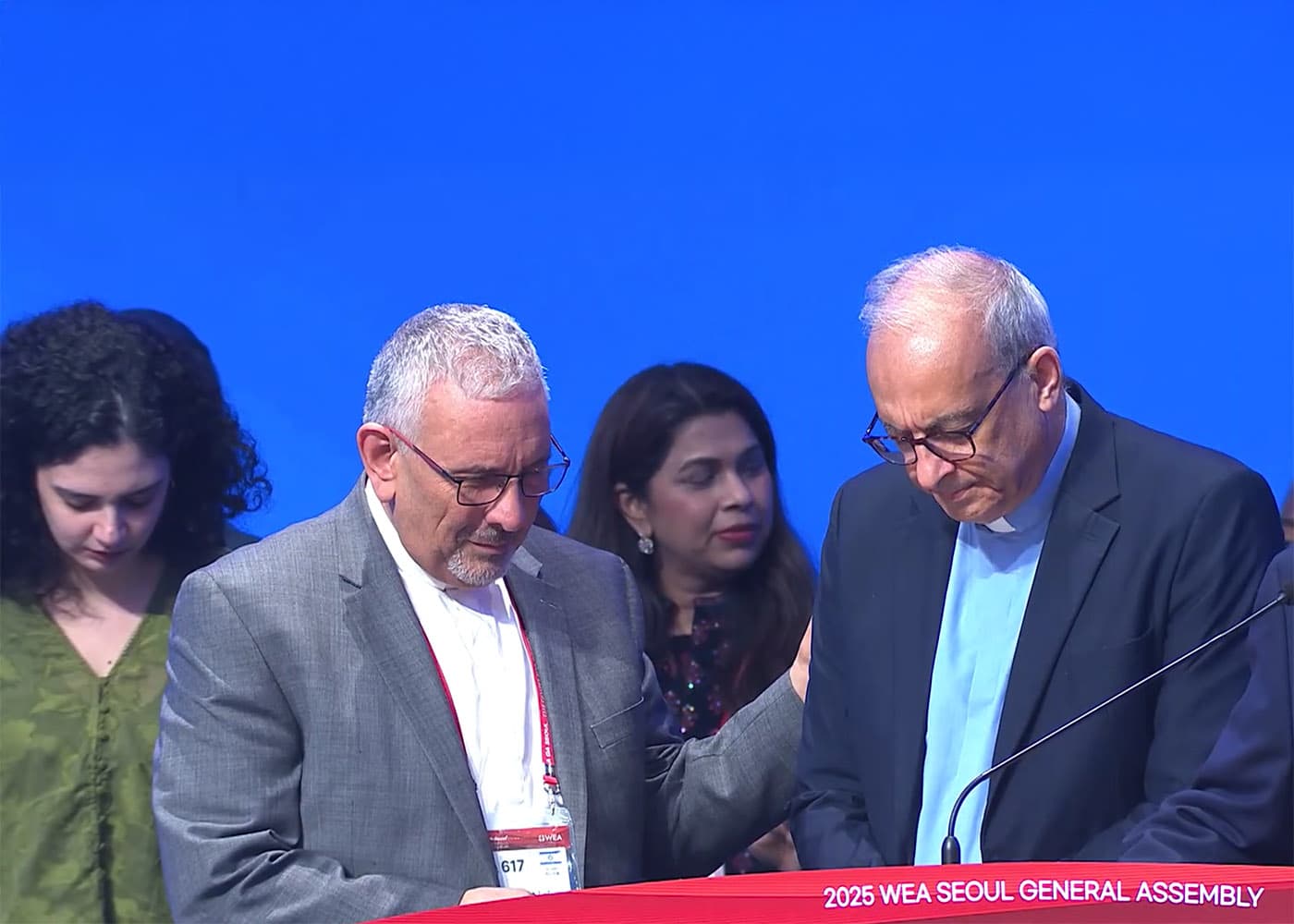
The Pastoring of Pastors leadership team I was leading in Brazil was excited and frustrated. Excited because we had 1100 pastors meeting regularly in groups in most of the states of Brazil and representing 40 denominations. Awesome! Praise God!
And frustrated because our goal was to offer that to all the pastors of Brazil and by our estimates, we had reached only one per cent… in fifteen years! We clearly needed to change our strategy if we were going to develop a movement that multiplied much more effectively.
God gave us the strategy of working with the existing denominational structures instead of around them. From that was born a consultation that brought 100 denominational presidents, bishops, superintendents and executive secretaries together for three days. A movement was born.
What follows below draws on that experience and others.
The key question: how can a National Evangelical Alliance mobilize its members to effectively advance the Decade of Holistic Disciple-Making? We have identified seven components, one of the most critical being a national consultation on the Decade of HMD. The components are not all sequential. They will need to be revisited from time to time. Each step needs to be adapted or modified for any specific context. This is not a comprehensive list; other activities could be added. The components apply equally to an Evangelical Alliance, a denomination or an organization that wants to embrace the Decade of Holistic Disciple-Making.
1.Decision-making. The EA or organization formally adopts the Decade of Disciple-Making and appoints someone to oversee the process. This could eventually lead to establishing a team, commission or support structure for this movement.
2.Team. Identifying catalytic leaders and practitioners who can network various present and potential discipling movement leaders, serving, equipping and mentoring them. The national movement leaders would participate in a larger WEA or regional network of such leaders, interacting synergistically and drawing on and enriching one another’s experience.
3.Sowing the vision. Among many options, a key may be a one to three-day national consultation for denominational, movement and network leaders on the Decade of Disciple-Making.
4.Models and a toolkit. Identifying the basic components (DNA) of a disciple-making culture: discipling pastors, discipling leaders, discipling churches. Identifying one or more movements and/or churches that demonstrate the model, allowing others to see how it works. Create a site with a toolkit.
5.Networking. Bringing discipling movement leaders together regularly (annually) to share principles, models and best practices, both at the level of the national movement and at the level of specific denominations and organizations. Ideally this would include all the discipling ministries, major denominations of the country and members of the Evangelical Alliance. This would include friends of the EA where there are evangelicals outside the EA.
6.Training. A network of trainers can develop disciple-makers and trainers of disciple-makers for denominations, movements, organizations and networks. This would normally include a variety of models, processes and materials since some may work better in one context and others in another. These models need to be adapted for different target groups such as pastors, local church leaders, local church members and new believers.
7.Funding. A movement will rarely take off just with volunteers. There will need to be some catalytic leaders at various levels (national, denominational and/or regional) who are able to give substantial time because of being paid.
Further resources: For a PowerPoint on the seven components, click here. For the outline in a Word document, click here.
]]>





Stay Connected